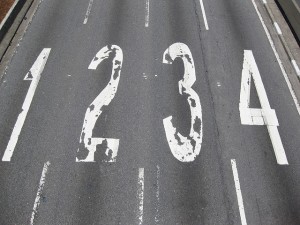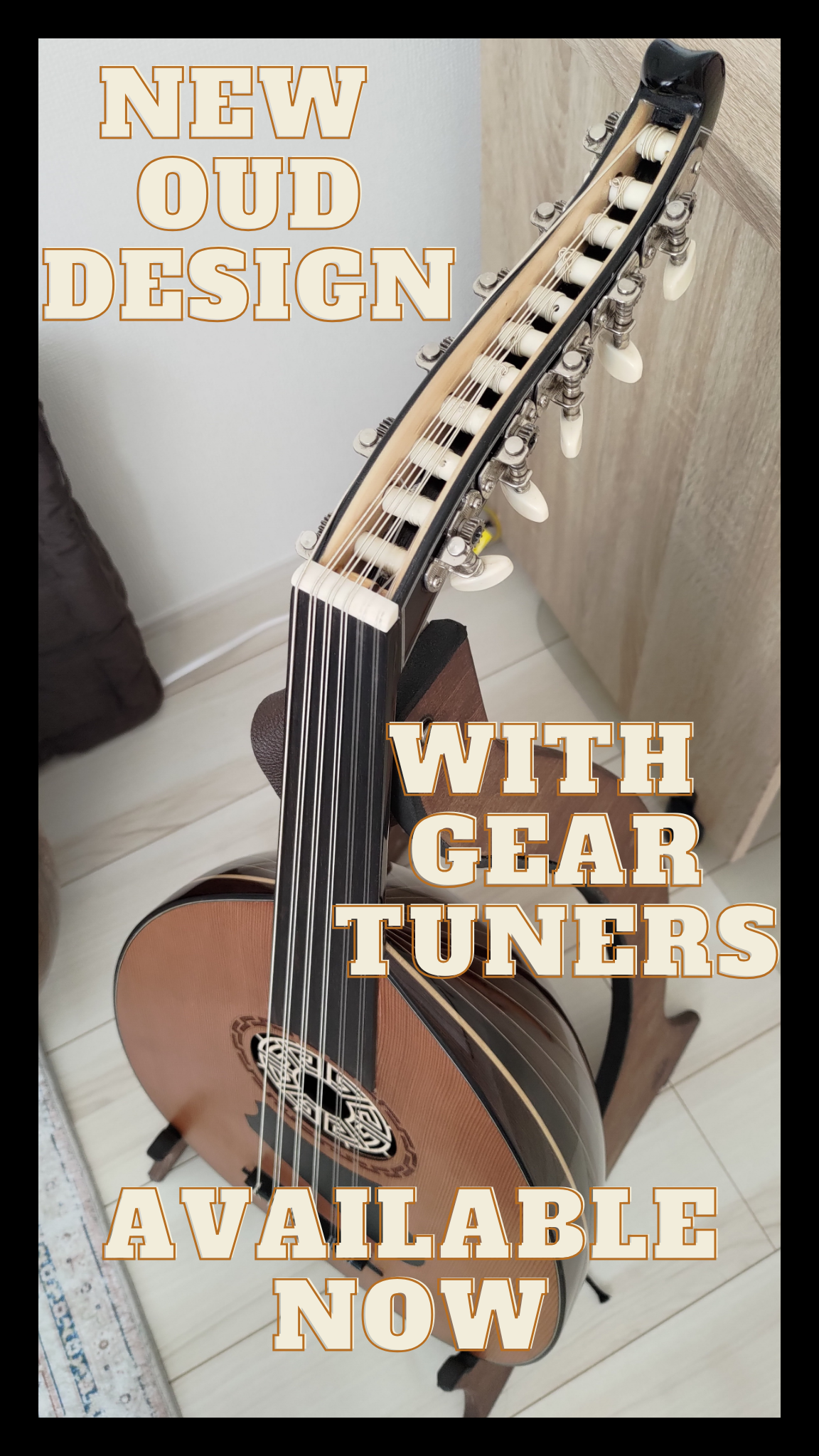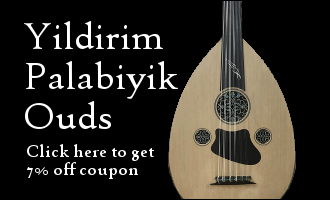 When was the last time you had trouble counting to 10? It was probably when you were 5 years old, or maybe it was the first time you tried to play or listen to a Sama’i instrumental! I want to share something very quick, short and easy that you can use to keep track of the beat of a very pesky rhythm in Arabic music called Sama’i Thaqil, and Aksak Semai in Turkish.
When was the last time you had trouble counting to 10? It was probably when you were 5 years old, or maybe it was the first time you tried to play or listen to a Sama’i instrumental! I want to share something very quick, short and easy that you can use to keep track of the beat of a very pesky rhythm in Arabic music called Sama’i Thaqil, and Aksak Semai in Turkish.
As an Oud player, you are bound to run into an instrumental piece in this rhythm. Many a good tune have been written in this rhythm, and many are good for all levels of Oud playing. It is very popular in Turkish music and likewise in Arabic music.
Sama’i Thaqil
This rhythm is in 10/8, that means there are 10 beats to each measure. Knowing which beats of these ten are emphasized goes a long way to learning how to play this rhythm, and count along.
I was composing a melody in this rhythm and figured that an easy method of counting Samai is by counting the lines on your finger. It helps you keep track of the beats.
As you know the Sama’i is divided up by 3, 2, 1, 1, 3. Or… 3, 2, 2, 3.
Other ways of writing this are…
3+2+1+1+3 and 3+2+2+3
Or if you look at it another way, beats 1, 4, 6, 7, 8 are emphasized.
The Trick To Count Sama’i Thaqil
Another important thing to remember is that beat 10 is often used as a pickup to beat one, and the melody begins on it, making you think that it is beat 1 when it is actually beat 10. When you watch the video above, the melody I play starts on beat 10, not on beat 1, so don’t let this confuse you.
A Tool For Composition and Learning
This helped me write melody to this rhythm because it helped me keep track of the beats. I hope it helps you when you are learning how to play Sama’i Thaqil rhythm.
When you listen to instrumental pieces in this rhythm, and if you can’t find beat 1, to to hear and feel the pattern, the beats that give it away are 6, 7, 8, because you will hear a bass or dum beat in the percussion on these beats. It sounds like a pulse. The last three beats 8 9 10 are usually more full of fills to create anticipation of beat one. So you can listen for that cue too.
Here is a Turkish piece played by an Arabic ensemble. It is a nice piece, and you can hear it with the Arabic feel and nuance. One of my favorites.
Here is another Arabic rendition of a Turkish Sama’i instrumental. The Oud is played by Afif Taian. His playing style is fantastic. Take note of all the ways he adds nuance and color to this piece. Here you can really hear the Riq player well to hear how he plays this rhythm.
Before I leave you, also remember in these old Turkish pieces it is customary to change rhythms from 10/8 to 3/8 before the final repetition of the main theme of the song.
Photo Credit: Mr Hicks46






Awesome lesson and video guys!!!! Thank you so much!
The riq player is Faisal Zedan! 😉
Thanks! Yes, he is great! I like his style.
Thank you for your feedback!